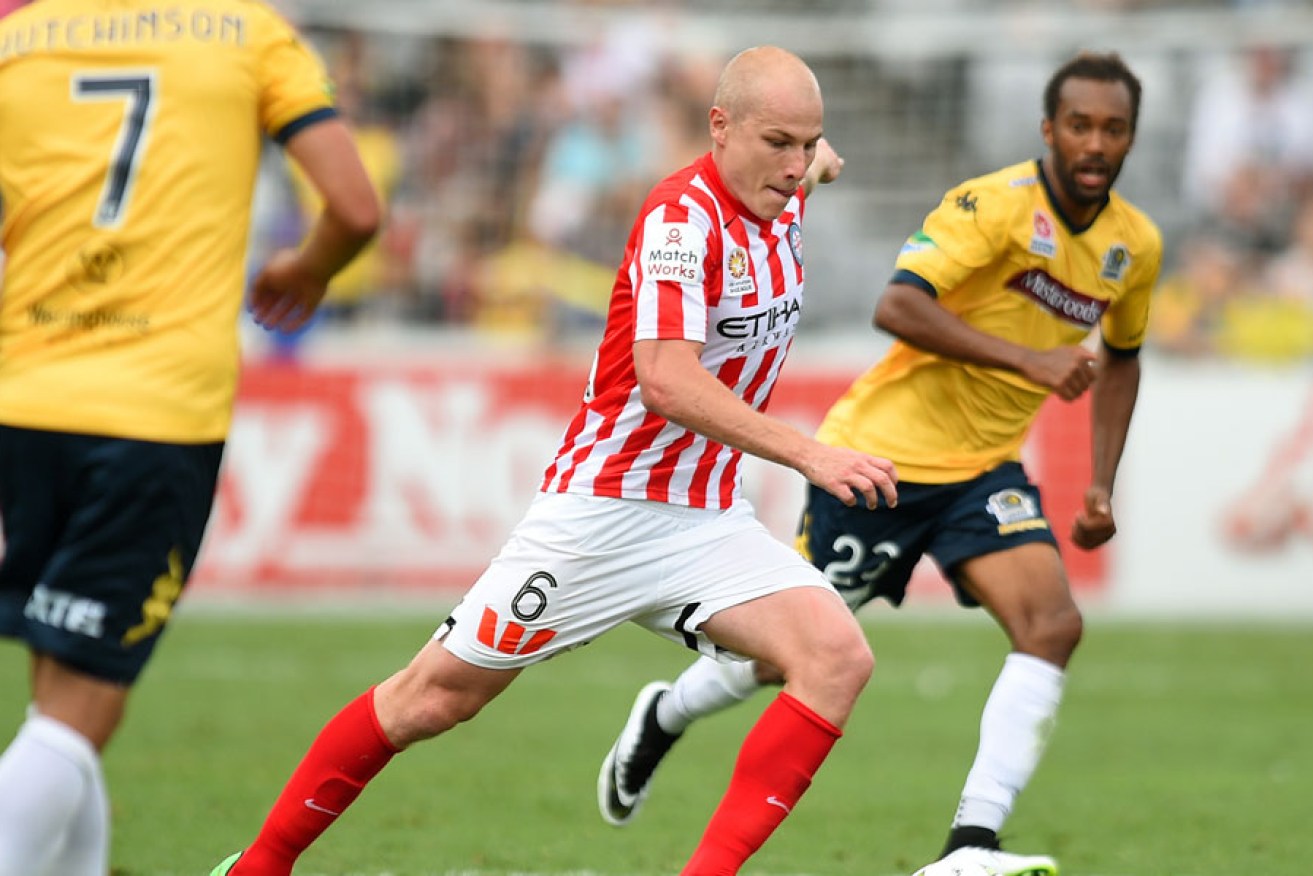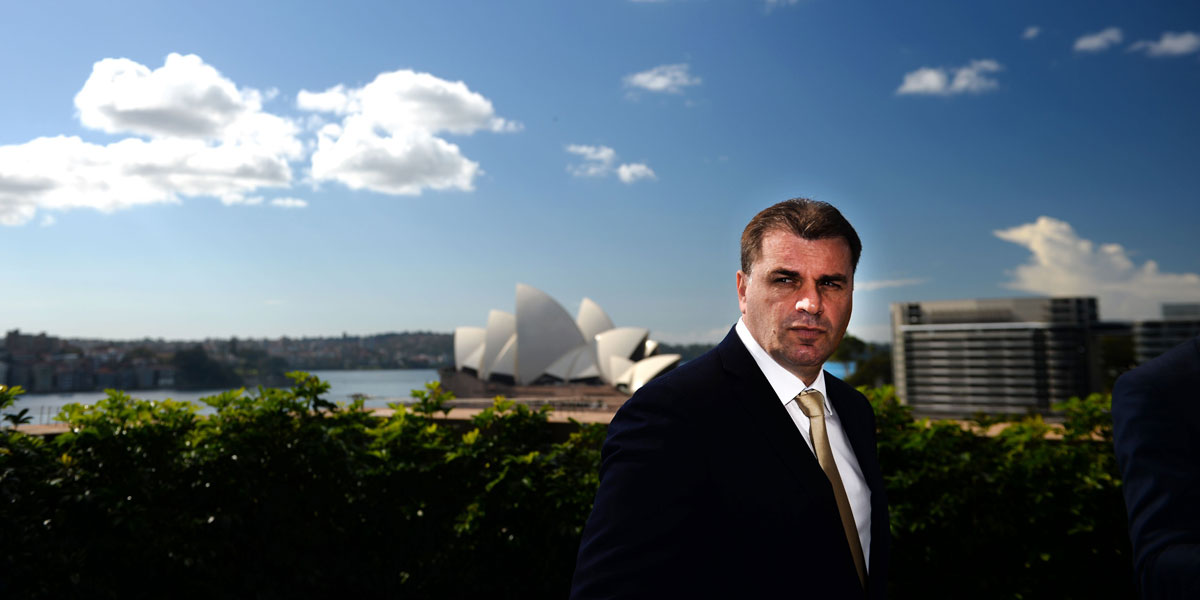One of the great oddities of the growth of organised sport around the globe is countries that embraced soccer fanatically were mostly outside the British Empire.
It’s easily explained. Association football (soccer’s proper but rarely used name) is a product of the Victorian era. When its laws were being written and agreed on, the Empire was nearing its peak. The sporting export that preceded it was a much older game: cricket.
Earlier this year, Australia hosted soccer’s Asian Cup finals and cricket’s World Cup. The only overseas nation to qualify for both? United Arab Emirates.
And UAE appeared to be keen to prove an inversion exists. After its footballers finished an excellent third in the Asian Cup, its cricket team lost six matches out of six.
So when it was announced that Australia would be playing Bangladesh, you could be forgiven for thinking the summer of cricket was starting early (and surely getting our cricketers out of England ahead of schedule wouldn’t be a bad thing).
But no, it’s the Socceroos who will be facing the south Asian nation on Thursday night. In Perth. The venue is almost as rare as meetings with the Bangladeshis, even though we’ve never played them.
The last two Socceroos matches in Western Australia were played in 2005 and 1995. Both were friendlies.
This will be a World Cup qualifier so technically it’s a competitive game. But with Bangladesh being the lowest ranked team in Australia’s group (and one of the lowest ranked in the world), “competitive” might not be one of the words that feature in post-match analyses.
Don’t take my word for that. This is what Bangladesh Football Federation technical director Nipu Bayazid Alam Zubair told Reuters a few days ago: “We are looking forward to playing with Australia and how many goals we can concede. Because Australia are a much better team than us. We played Japan last time a few years ago and conceded four goals, we are looking for our defence not to concede as many.”
In other words, success is avoiding a cricket score.
Bangladesh’s Dutch coach Lodewijk de Kruif seems to be a bit less submissive. He was sent off during a qualifier against Kyrgyzstan in June for allegedly hurling abuse at match officials and continually kicking water bottles.
Nevertheless, before flying to Australia he said: “Eighty-five percent of our tactics would be defence organisation.”
Many underdogs use this approach but if de Kruif bothered to watch the Socceroos’ opening qualifier in June he would have seen that unfancied Kyrgyzstan took the game to Australia and might have drawn or won with better finishing.
None of this bodes well for the Western Australians who have been waiting for a high-profile match for many years. Irrespective of the score, the game probably won’t be entertaining if the Socceroos spend most of the game camped in attack against a defensive opponent.
And it might be the only qualifier Perth gets on the road to Russia 2018. If Australia makes it through to the next phase and faces Asia’s best teams, most or all of the home games will be in the eastern states.
It will also be difficult for the Socceroos to get much out of this match. They’re expected to win comfortably – even a 2-0 or 3-1 victory will probably attract criticism.
But there is something to look forward to in the Bangladesh game, and next week’s trickier assignment in Tajikistan, and that’s following the young players the Socceroos have to take them into the tougher qualifiers ahead and, if they succeed in those, to the World Cup finals.
Yes we won the Asian Cup but that squad called on contributions from several players who were approaching (or in) their 30s, particularly in midfield.
From the current squad, coach Ange Postecoglou could fill his midfield with players who are under 25.
Aaron Mooy (22) is arguably the best Australian in the A-League; Tom Rogic (22) has made an emphatic return with Celtic after a long injury layoff; Jackson Irvine (22) is also a first team player in Scotland with Ross County; and Tommy Oar (23) has just resolved his club future by signing for Ipswich Town (likely to feature in this season’s race for promotion to the English Premier League).
Then there’s that other 22 year-old, Massimo Luongo, the Most Valuable Player in January’s Asian Cup.
Among the defenders, Bailey Wright (23) is in his sixth season at Preston North End and Jason Davidson (24) has settled at Huddersfield Town. Both of those clubs, like Ipswich, are in England’s second tier (the Championship). Its standard is higher than ever with the increasing wealth of the Premier League attracting top foreigners and reducing opportunities for promising players in lower divisions.
It seems a long time since Adelaide United fans were treated to the dynamic attacking play of Mathew Leckie. But he’s still just 24 and on Sunday he scored his first goal in Germany’s top division.
That list of youngsters isn’t exhaustive and could have included established goalkeeper Mat Ryan (23) and defender Trent Sainsbury (23). Both are injured.
It’s difficult to predict how good these players will be for Australia over the next three years. Some might become stars; some might not fulfil their promise.
But if they offer little else, these matches against some of Asia’s weakest teams give us the chance to learn a few things about the Socceroos’ future.
Paul Marcuccitti is InDaily’s soccer columnist. He is a co-presenter of 5RTI’s Soccer on 531 program which can be heard from 11am on Saturdays.






